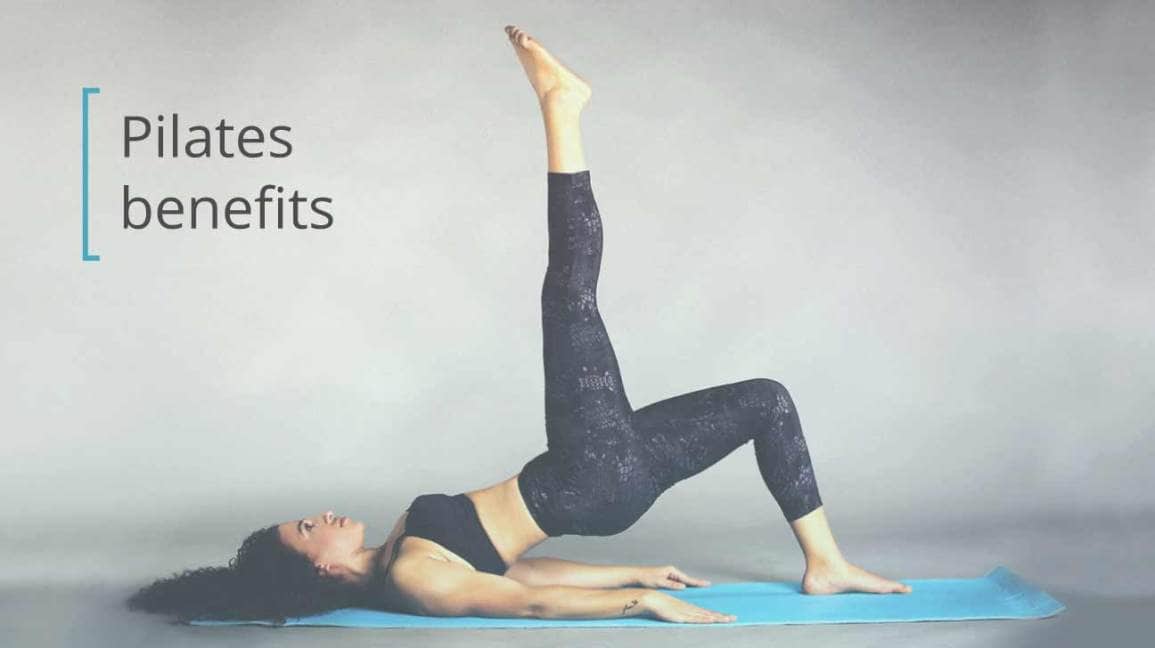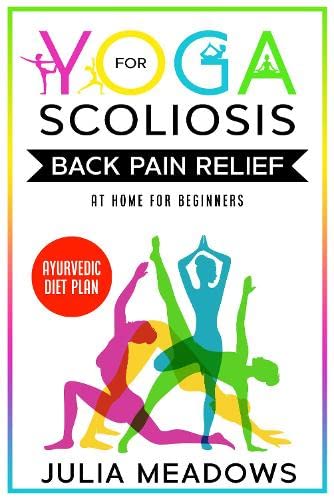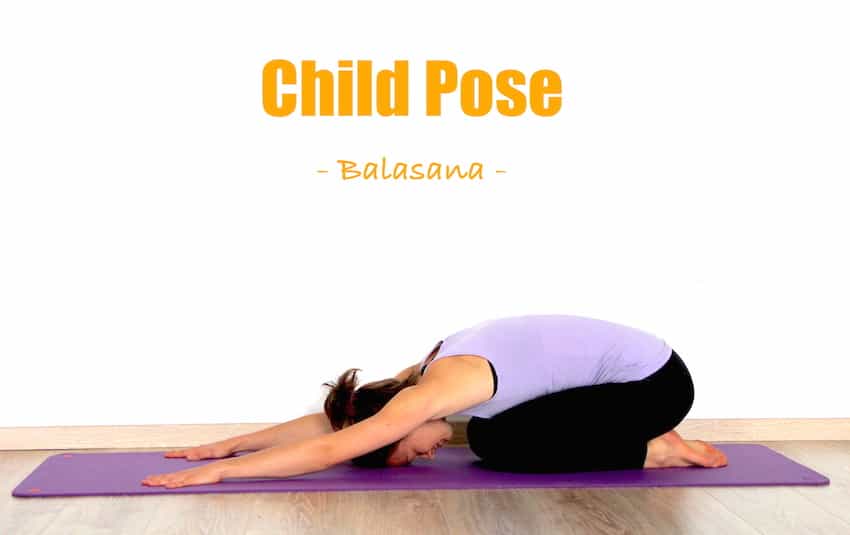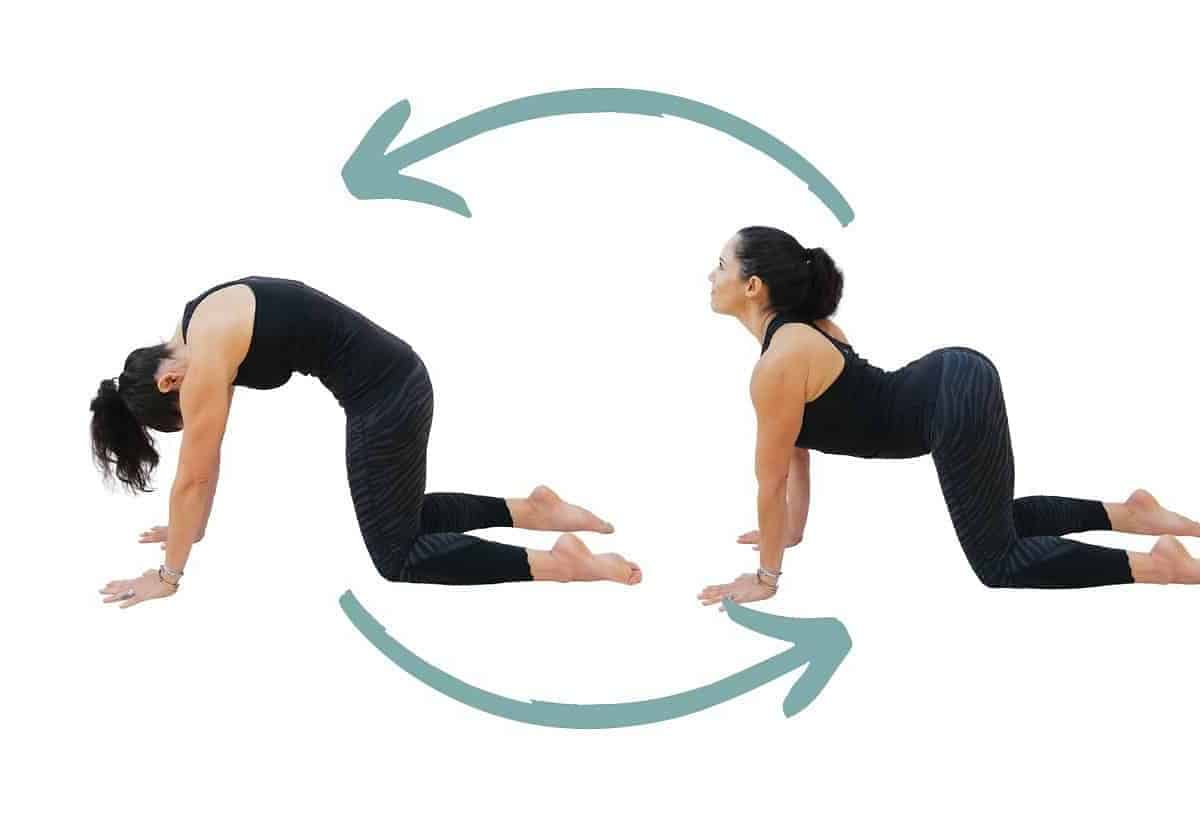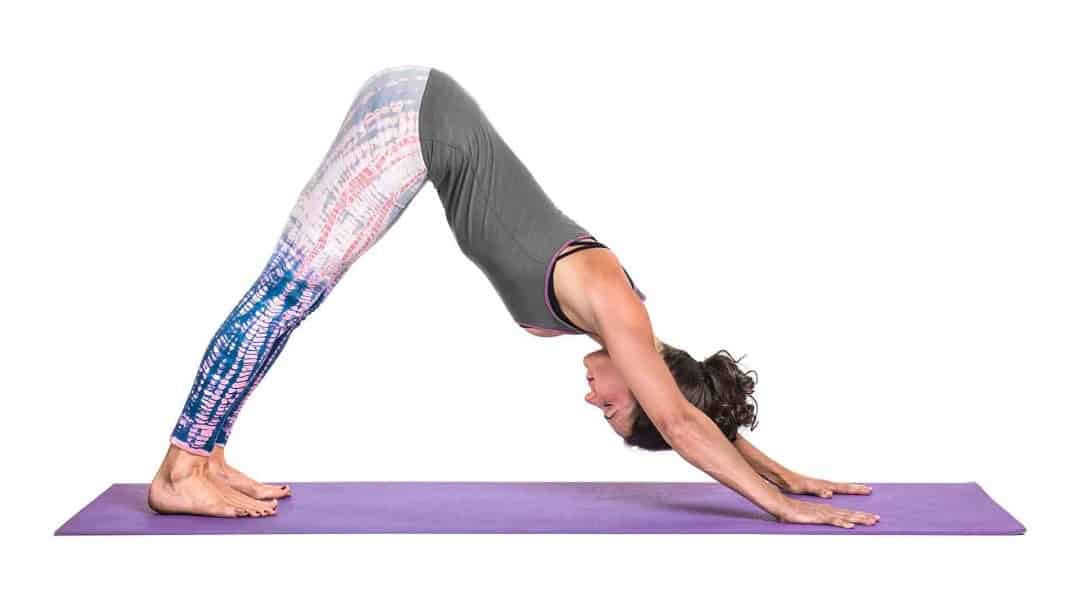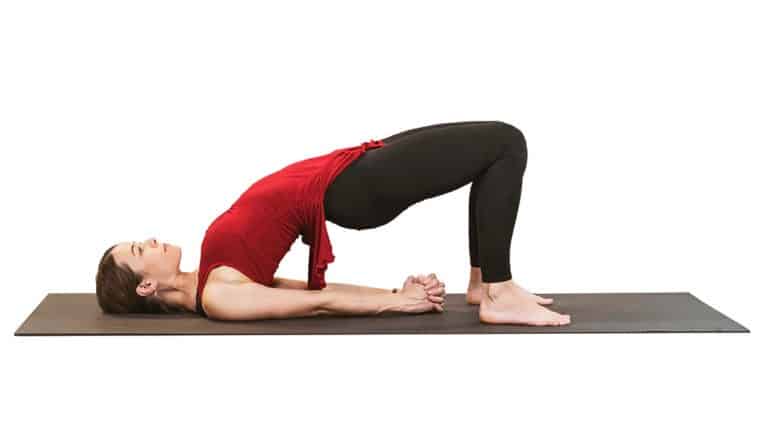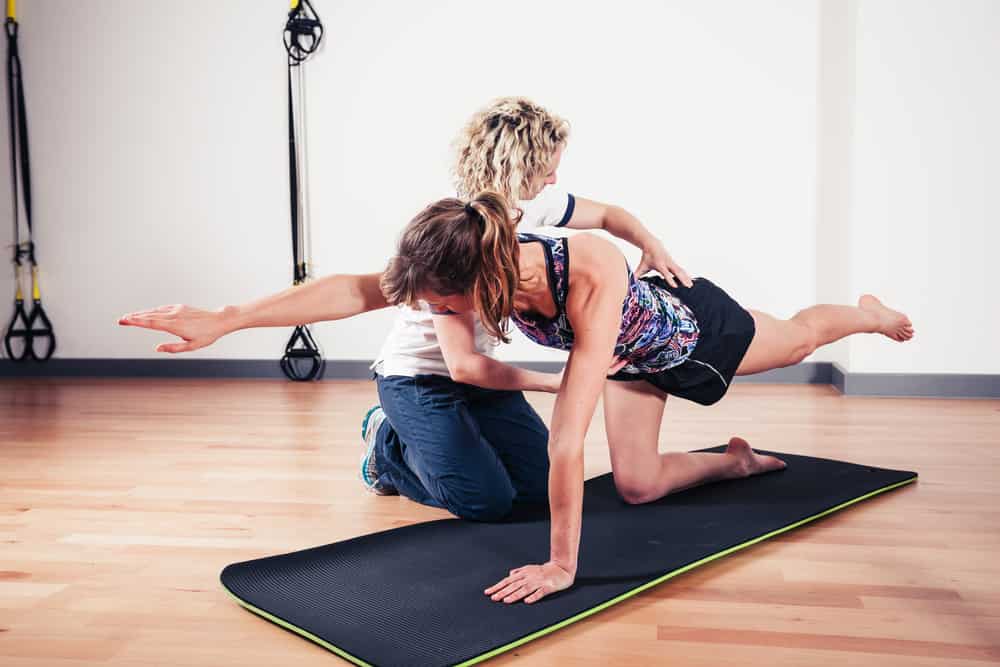In this article, we’ll explore the benefits of yoga vs pilates for back pain, discuss specific poses and exercises that target the back, and provide guidance on choosing the right practice for you.
If you’re suffering from back pain, you may be wondering which exercise method is best for finding relief. Both yoga and Pilates offer numerous benefits for back pain sufferers, including improved flexibility, increased strength, and stress reduction.
Benefits of yoga for back pain
Yoga has long been recognized as a holistic practice that promotes physical and mental well-being. When it comes to back pain, yoga can be particularly beneficial due to its focus on flexibility, strength, and relaxation.
Improved flexibility and strength
One of the key benefits of yoga for back pain is improved flexibility. Many yoga poses gently stretch the muscles and tissues in the back, helping to alleviate tension and tightness. Additionally, yoga builds strength in the muscles that support the spine, providing stability and reducing the risk of future injuries.
Increased blood flow and circulation
Yoga incorporates deep breathing and flowing movements, which can help increase blood flow and circulation throughout the body. This improved circulation can promote healing and reduce inflammation in the back, leading to pain relief.
Stress reduction and relaxation
Stress and tension can contribute to back pain or exacerbate existing discomfort. Yoga emphasizes mindfulness and relaxation, allowing you to release stress and find a sense of calm. By reducing stress levels, yoga can indirectly alleviate back pain and promote overall well-being.
Types of yoga poses for back pain
When practicing yoga for back pain, certain poses can be particularly beneficial. Here are a few examples:
Child’s pose
This gentle resting pose stretches the lower back and hips, providing relief for tight muscles.
Cat-cow pose
The cat-cow pose involves alternating between arching and rounding the back, helping to improve spinal flexibility and relieve tension.
Downward-facing dog
This pose stretches the entire body, including the back, hamstrings, and shoulders. It can help lengthen and strengthen the back muscles.
Bridge pose
The bridge pose targets the lower back and glutes, helping to strengthen the muscles that support the spine.
Benefits of Pilates for back pain
Pilates is a low-impact exercise method that focuses on core strength, body alignment, and controlled movements. It can be highly effective for relieving back pain and improving overall posture.
Improved core strength and stability
Pilates exercises target the deep core muscles, including the abdominals, back, and pelvic floor. Strengthening these muscles can provide stability and support for the spine, reducing back pain.
Increased body awareness and alignment
Pilates emphasizes proper body alignment and awareness, helping you develop a better understanding of your posture and movement patterns. By improving alignment, you can alleviate strain on the back and reduce the risk of future injuries.
Enhanced posture and spinal alignment
Poor posture is a common contributor to back pain. Pilates exercises focus on strengthening the muscles that support good posture, such as the back extensors and shoulder stabilizers. By improving posture and spinal alignment, Pilates can help alleviate back pain and prevent its recurrence.
Types of Pilates exercises for back pain
Here are a few Pilates exercises that specifically target the back and can provide relief from pain:
Pelvic curl
This exercise strengthens the glutes, hamstrings, and lower back muscles, promoting stability and alignment.
Swan dive
The swan dive exercise stretches the front of the body while strengthening the back muscles, helping to alleviate tension and improve flexibility.
Spine stretch forward
This exercise involves forward bending, which stretches the back and hamstrings while promoting spinal mobility.
Side-lying leg lifts
Side-lying leg lifts target the muscles along the side of the body, including the obliques and hip abductors. Strengthening these muscles can provide support for the back and improve overall stability.
Choosing between yoga and Pilates for back pain
When deciding between yoga and Pilates for back pain relief, it’s important to consider your personal preferences and goals.
Yoga and Pilates are both popular forms of exercise that can be used to manage and alleviate back pain. Here’s a comparison of yoga and Pilates in treating back pain:
| Aspect | Yoga | Pilates |
|---|---|---|
| Origin and Philosophy | Ancient practice originating in India. | Developed in the early 20th century by Joseph Pilates. |
| Focus | Mind-body connection, holistic well-being, flexibility, and spirituality. | Core strength, overall body strength, and flexibility. |
| Poses or Exercises | Incorporates various poses targeting different muscle groups and overall body flexibility. | Involves controlled movements with specialized equipment or mat-based exercises. Focuses on core muscles and full-body engagement. |
| Breathing | Emphasis on specific breathing techniques (pranayama) to aid relaxation and focus during poses. | Emphasis on coordinated breathing with movements to improve lung capacity and concentration. |
| Core Engagement | Engages the core, but less focus on isolating specific core muscles. | Strong emphasis on activating and strengthening the core muscles, including transverse abdominis. |
| Flexibility | Promotes flexibility through various stretches and poses. | Incorporates dynamic stretches and movements to improve flexibility. |
| Strength Training | Focuses on bodyweight exercises and resistance training using body weight as resistance. | Utilizes specialized equipment or resistance bands for strength training and toning. |
| Back Pain Relief | Effective in reducing back pain by improving posture, flexibility, and overall strength. | Can be effective for back pain relief by strengthening the core muscles, which support the spine and improve posture. |
| Suitability for Back Pain | Suitable for back pain relief by gently stretching and strengthening the back muscles. | Particularly suitable for individuals with back pain due to its emphasis on strengthening the core and improving posture. |
| Risk of Injury | Generally low risk of injury when practiced with proper form and under the guidance of a certified instructor. | Moderate risk of injury if not performed with proper form or under supervision, especially with equ |
Consider your personal preferences and goals
If you enjoy a more meditative and holistic approach, yoga may be the right choice for you. On the other hand, if you prefer a structured and controlled exercise method, Pilates may be a better fit. Consider what type of movement and atmosphere resonate with you the most.
Consult with a healthcare professional or instructor
Before starting any new exercise program, it’s always a good idea to consult with a healthcare professional or a qualified yoga or Pilates instructor. They can provide personalized guidance and ensure that you’re practicing safely and effectively.
Combining yoga and Pilates for back pain relief
While yoga and Pilates offer unique benefits, there’s no reason why you can’t incorporate elements of both into your routine.
By combining the flexibility and relaxation of yoga with the core strength and alignment of Pilates, you can create a well-rounded practice that targets your back pain from multiple angles.
Conclusion on Yoga vs Pilates for Back Pain Relief
In the battle of yoga vs. Pilates for back pain, both practices have their merits. Yoga offers improved flexibility, increased blood flow, and stress reduction, while Pilates focuses on core strength, body alignment, and posture. Ultimately, the best choice for you will depend on your personal preferences and goals. Consider trying both and consulting with a professional to find the approach that brings you the most relief and overall well-being.
Originally posted 2023-01-26 14:07:19.

